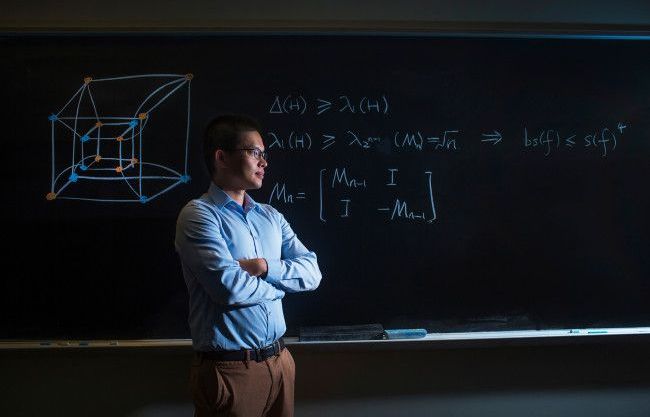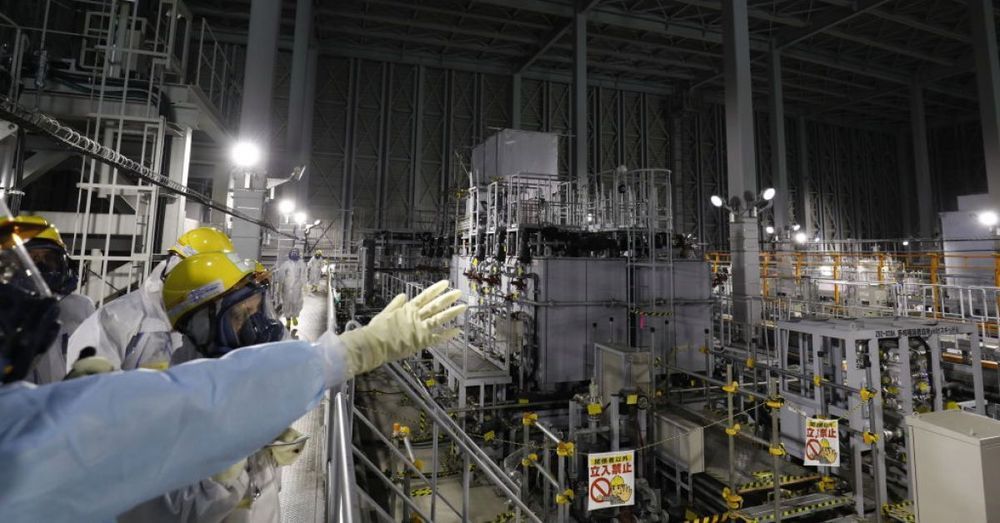Get the latest international news and world events from around the world.



A Real-Life Deluminator for Spotting Exoplanets
This article was originally published at The Conversation. The publication contributed the article to Space.com’s Expert Voices: Op-Ed & Insights.
Supriya Chakrabarti, Professor of Physics, University of Massachusetts Lowell
Perhaps you remember the opening scene of “Harry Potter and the Sorcerer’s Stone” that took place on Privet Drive. A bearded man pulled a mysterious device, called a deluminator, from his dark robe and one by one the lights from the street lamps flew into it.



First chip-to-chip quantum teleportation harnessing silicon photonic chip fabrication
The development of technologies which can process information based on the laws of quantum physics are predicted to have profound impacts on modern society.
For example, quantum computers may hold the key to solving problems that are too complex for today’s most powerful supercomputers, and a quantum internet could ultimately protect the worlds information from malicious attacks.
However, these technologies all rely on “quantum information,” which is typically encoded in single quantum particles that are extremely difficult to control and measure.

Incredible sights from space as astronauts celebrate Christmas and Hanukkah
Astronauts may be far from home, but they still celebrate the holidays.
Residents of the International Space Station posted an incredible photo and video for the holidays, celebrating both Hanukkah and Christmas far above the world.
Astronaut Jessica Meir posted a stunning picture from the station’s cupola, the small, panoramic, ESA-built observatory module of the station. It allows for observation of activities like spacewalks and shuttle approaches, but also provides the perfect place to celebrate Hanukkah.

